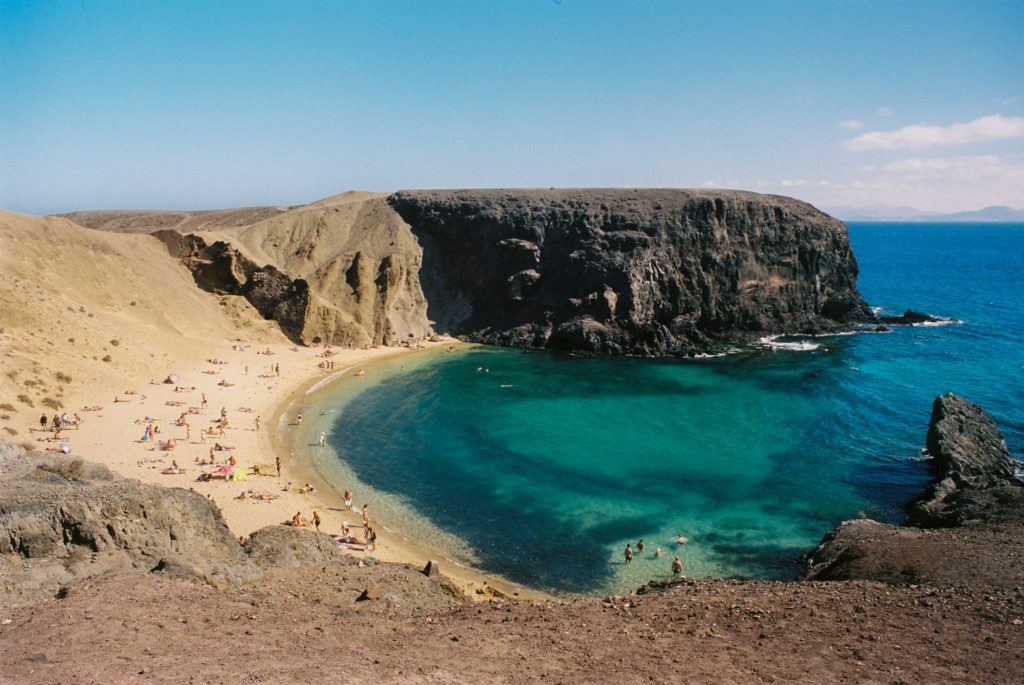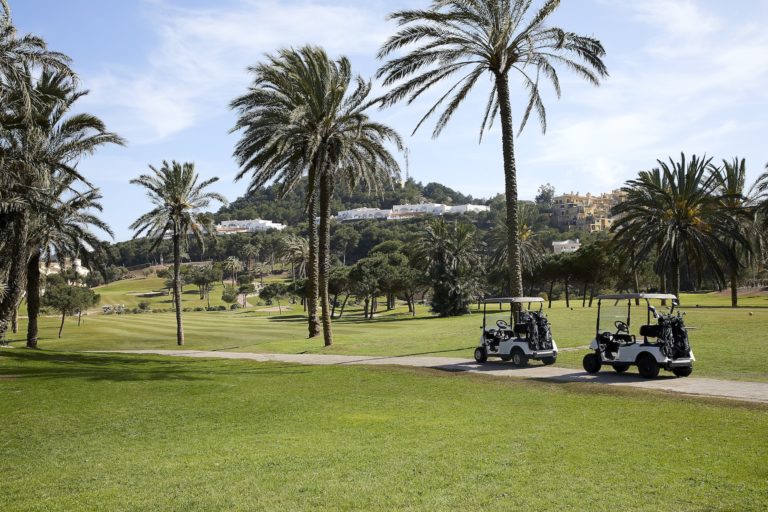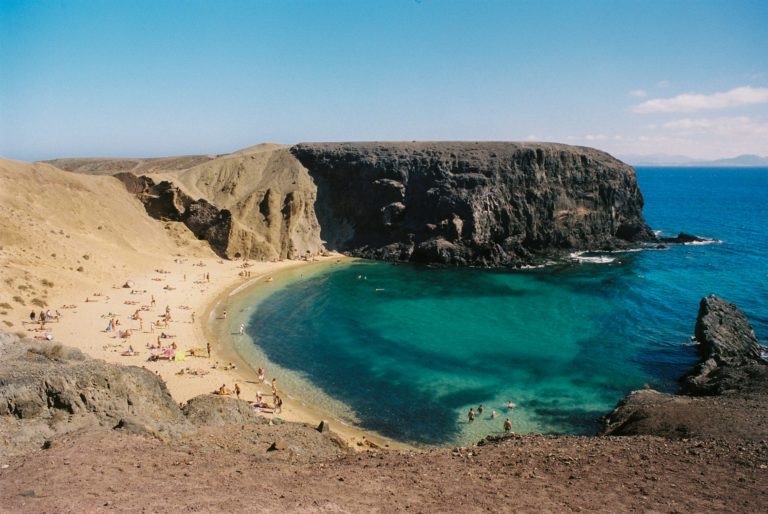
Experiential tourism and senior tourism, which each have their own character, are becoming two major economic drivers in Spain. Even more curious, they’re starting to have a lot in common. The evolution of the tourism sector in our country demands good hotel infrastructure and transformations that attract more visitors, but new needs are beginning to require a total paradigm shift that will demand further industry effort and commitment. In this context, specialization is key in both experiential and senior tourism. Though they may seem to be directed to different markets, they share a common vision: the desire to live with greater awareness, depth and wellbeing.
Experiential tourism: the value of authenticity
Experiential tourism is born from a change in traveler motivations. People are no longer content just to visit a destination; they want to have an impactful experience. Design, the surrounding landscape, personalized activities, and contact with local culture play essential roles in this. Destinations that live in harmony with nature, culinary offers based on local products, informative and participative tours, and craft workshops are just some examples of how to enrich tourists’ experience.
A survey of more than 8,000 clients of the Eurostars Hotel Company chain revealed that more than half of travelers (51.5%) seek authenticity and distance from everyday stress through immersive cultural experiences. Wellness tourism also remains important, with 40.5% of respondents opting for destinations that promote self-care and relaxation. In new-generation tourism developments, landscaping, sustainable architecture and connection with the cultural environment are key tools for generating memorable experiences. And it’s important to remember that this experience begins, not upon arrival at a destination, but from the moment a trip that is consistent with his or her values is chosen. That is, customer service, from booking to post-trip follow-up, is a key part of travelers’ perceptions of their experience.
Senior luxury tourism
Senior tourism, a market of people over 55 years of age with high purchasing power and copious free time, represents one of the great opportunities for the European tourism sector. This group prioritizes quality, comfort and safety, but also seeks healthy, cultural and emotional experiences that adapt to their pace of life.
According to a recent study of travelers over the age of 65 by Tui Musement, based on the evaluations of experiences carried out in 2023 and 2024, six places in Spain made their list of preferred destinations in Europe: La Palma, Menorca, Lanzarote, Tenerife, Barcelona and the Costa del Sol.
The demand for longer stays, in friendly environments with personalized services and wellness options, such as spa, golf, gentle walking routes and conscious dining, is on the rise. In addition, the growing awareness of sustainability and active living makes senior tourists particularly receptive to integrated tourism developments that combine residences, medical services, community and quality natural surroundings.
These trends in experiential tourism and senior luxury tourism mean that when destinations are developed, they need to do more than attract visitors; they must generate emotional ties with their environment. Carefully considered space design is crucial because it will enable destinations to serve both markets: wellness centers, local gastronomic offers, sport facilities and cultural activities will make it possible to offer immersive and stimulating experiences to all kinds of guests. Tourism projects that are committed to this integration tend to generate active, intergenerational, sustainable communities with high value, serving both temporary guests and permanent residents.



